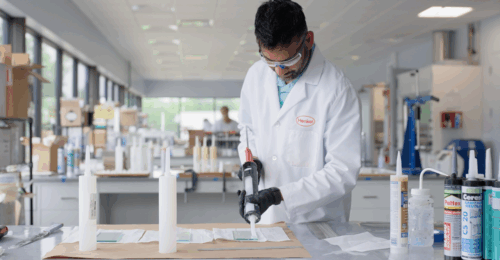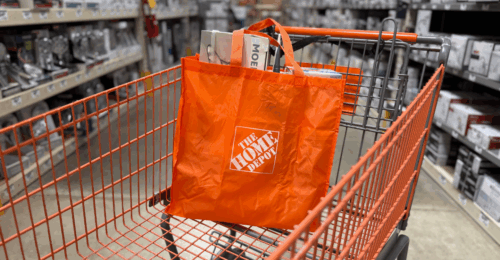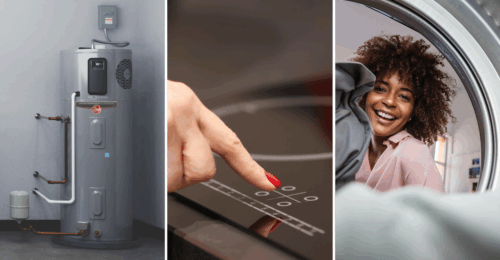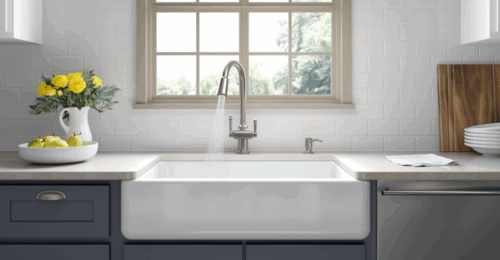If you’ve ever raised a fern, a peace lily or even a lucky bamboo, you know the breath of fresh air a living plant invites to your home.
It isn’t only about adding green to our living spaces – it’s about creating a beautiful, healthier and more sustainable place.
“I think we’re lucky that we have an opportunity to cohabitate with these creatures on this planet that give us great benefits and make us happy,” says Jennifar McComish, Senior Live Goods Merchant for Home Depot’s southern division.
Understanding Indoor Plants
What exactly makes a plant “indoor”? It’s about how well they can adapt. Most indoor plants are tropical or subtropical varieties that thrive in controlled environments. For instance, Croton might be an outdoor shrub in Florida but become a houseplant in cooler regions.
Still, says McComish, putting plants into categories isn’t always straightforward. “We want to define them, but plants don’t follow human definition.”
The Home Depot selects its plants with both quality and sustainability in mind. We partner with regional growers that practice sustainability whenever possible. Many of these growers are multigenerational family farms, while others are part of a new wave of farms that will keep the industry alive for the next generation.
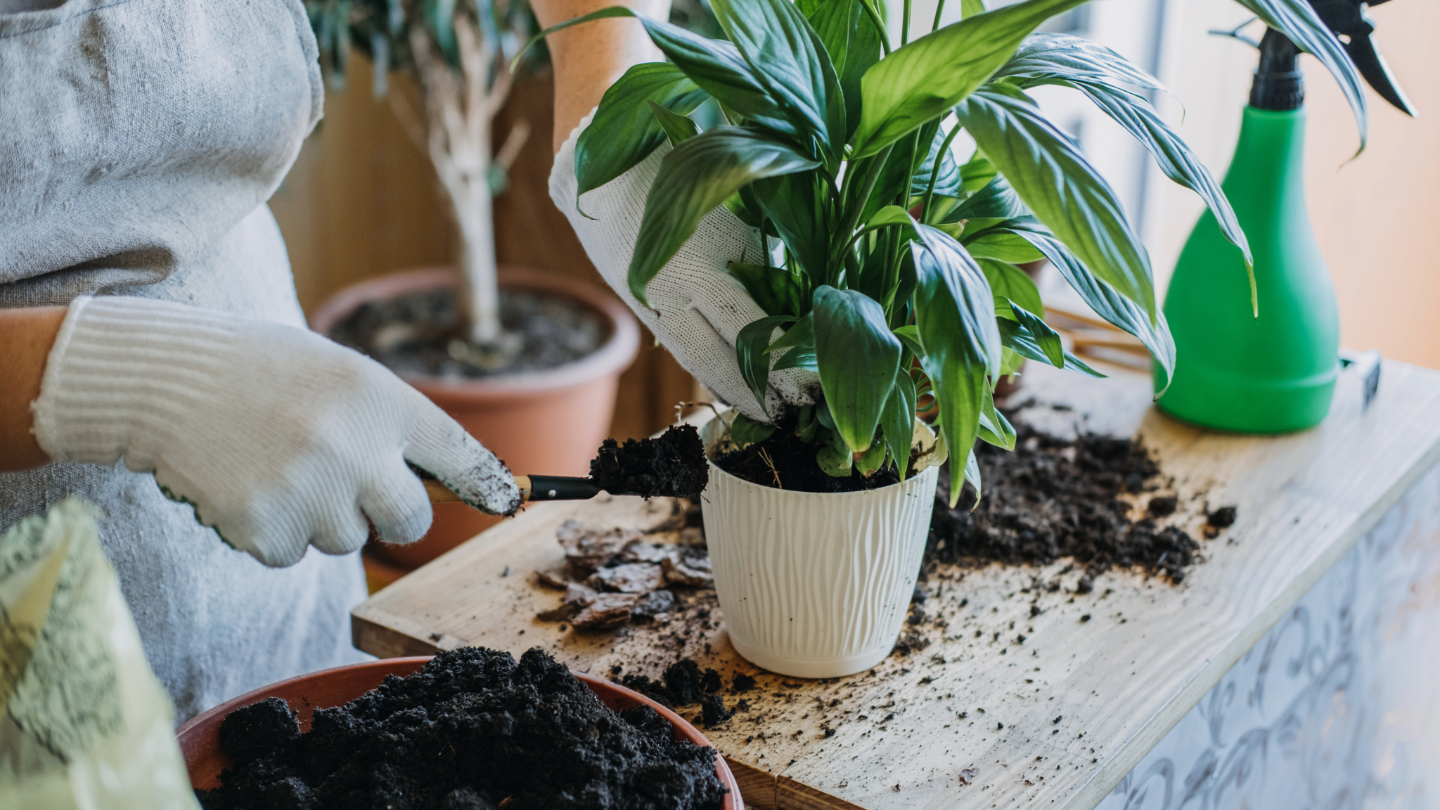
Caring for Plants Sustainably
Keeping indoor plants thriving doesn’t mean excessive water or complex systems. Home Depot’s partner nurseries sometimes feature water reclamation systems. They may also use natural filtration methods like water lilies and bog plants to purify water. This process allows growers to maintain optimal water quality while reducing consumption. Home Depot stores also keep to an ideal watering schedule. Self-watering pots, a popular option, make caring for plants with less water waste easier.
Pest management has also evolved toward more sustainable solutions. “Many of our growers are moving to biological beneficials,” McComish notes. They use beneficial insects and microbes to manage pests naturally. That means less need for conventional treatments.
Sustainability extends to materials as well. Many growers are transitioning to recycled plastic containers, or they’re exploring alternatives to traditional peat moss, such as coconut coir.
From the Greenhouse to Your Home
Transportation efficiency is a focus on reducing the carbon footprint of indoor plants. Growers partnering with The Home Depot work on rack and transportation efficiencies to maximize shipping loads and reduce trucks needed on the road, reducing carbon emissions.
Keeping Plants at Home that Keep You Well
Indoor plants do more than beautify our spaces – they’re natural air purifiers. Plants like the snake plant (Sansevieria) and Pothos have large leaf surfaces that convert carbon dioxide to oxygen while removing toxins from the air. “These plants are NASA-approved air purifiers,” McComish notes. “The bigger the leaf surface, the more oxygen that plant is producing naturally.”
For beginners, Home Depot recommends starting with easy-to-care-for varieties like Pothos, snake plants or the ZZ plant (Zanzibar gem). They have a high success rate and are easy to maintain.
Need more help on how to take care of your plant at home? The Home Depot helps educate customers through in-store workshops. Our trained associates are highly knowledgeable, and detailed plant care tags tell customers what they need to know. One thing to keep in mind is that any plant you care for raises your endorphins. “Plants just make you happy,” McComish says. And by prioritizing sustainability at every step, The Home Depot makes it easy to embrace indoor plants responsibly.



